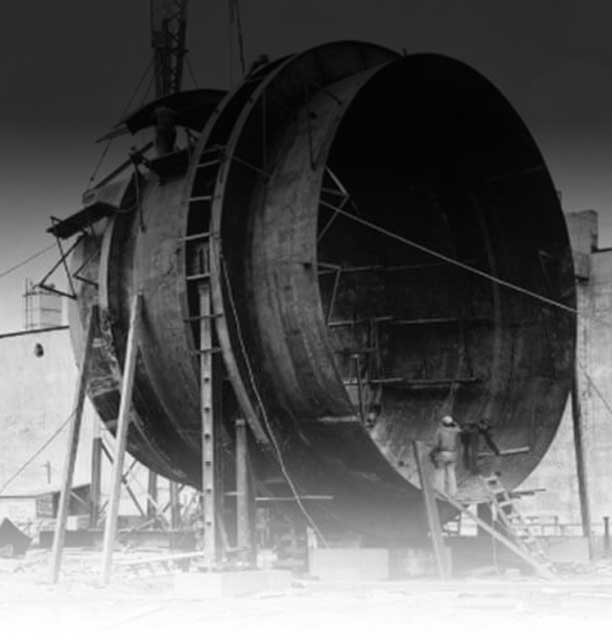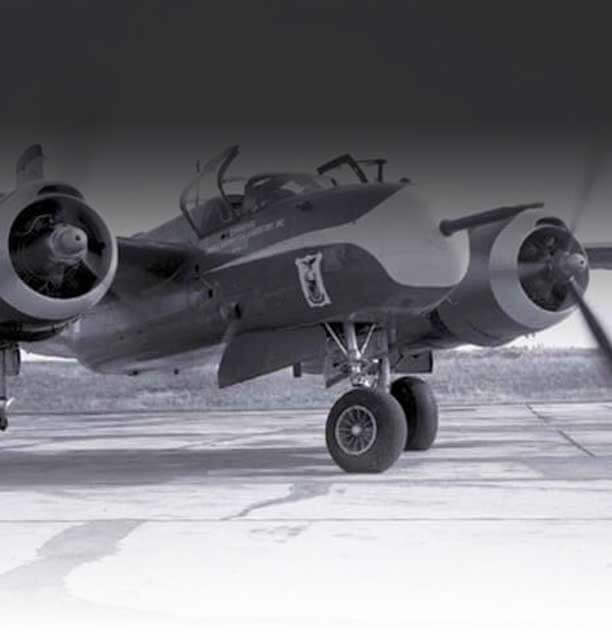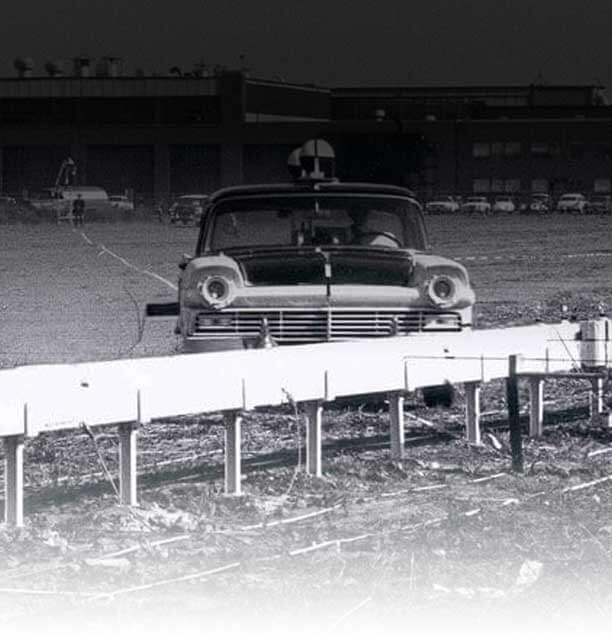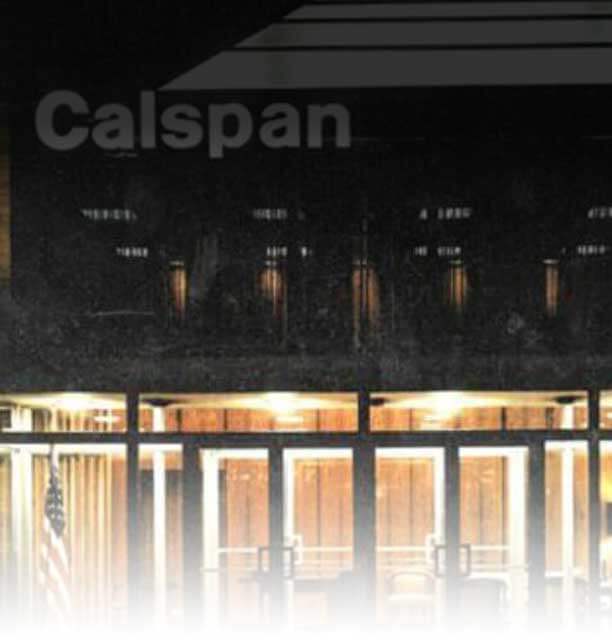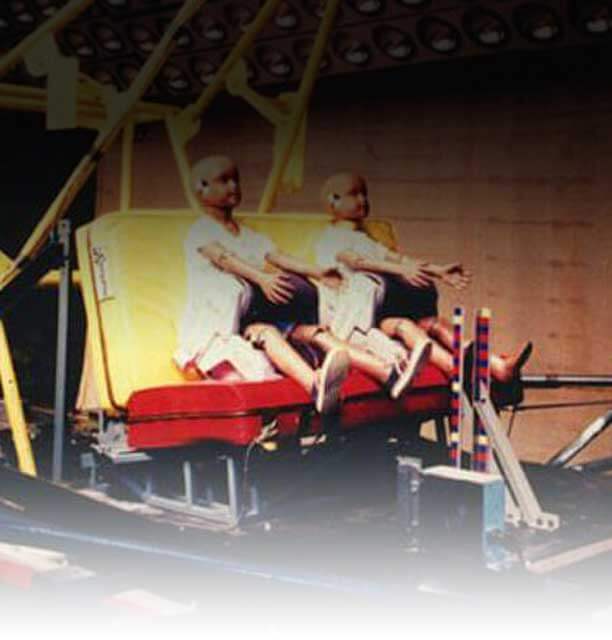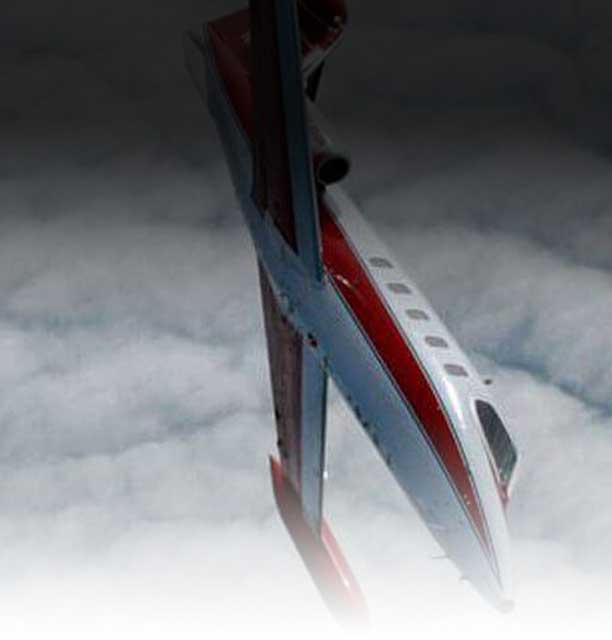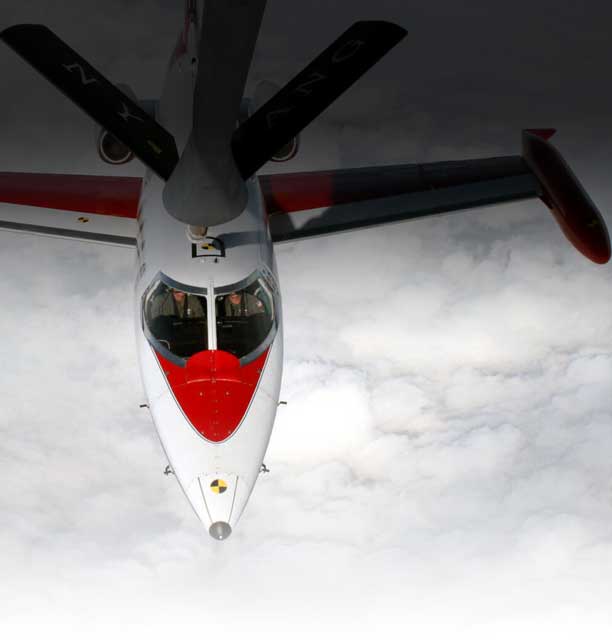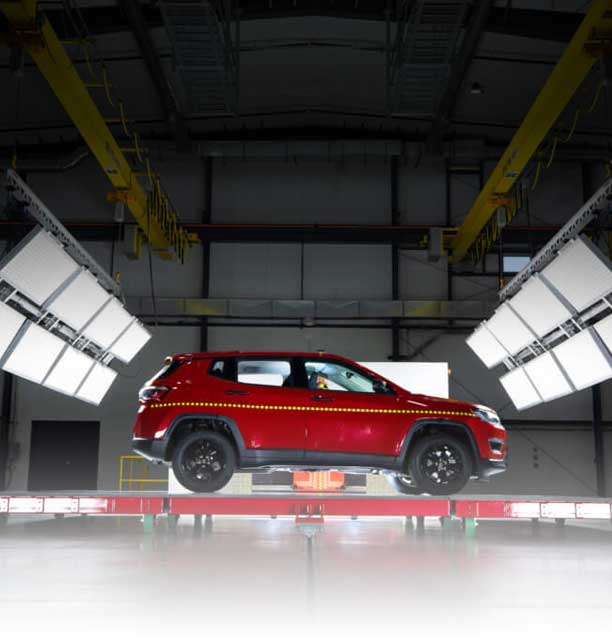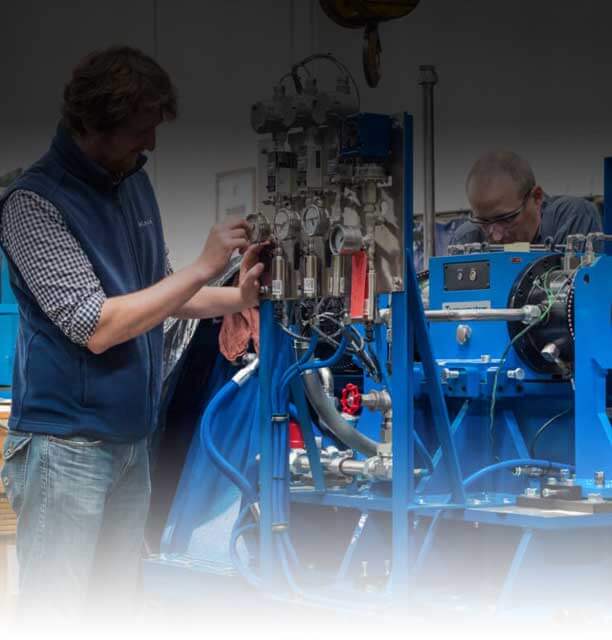1960s
75 YEARS OF TESTING THE FUTURE
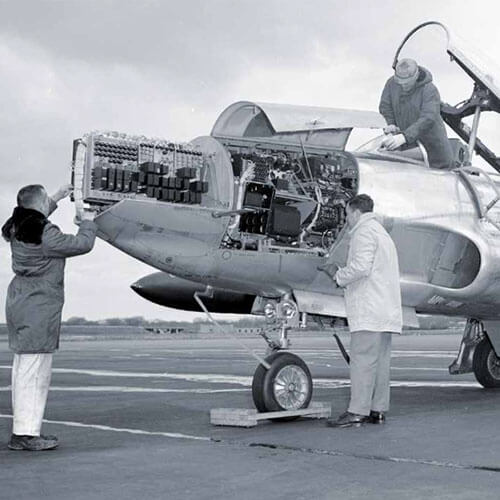
1960
The NT-33A provided the first precise simulation of another aircraft when it simulated the re-entry maneuver of the X-15 rocket plane. Later aircraft simulations included the A-9, A-10, YF-16, YF-17, F-18, YF-22, Swedish Gripen, Israeli Lavi, and Indian Light Combat Aircraft.
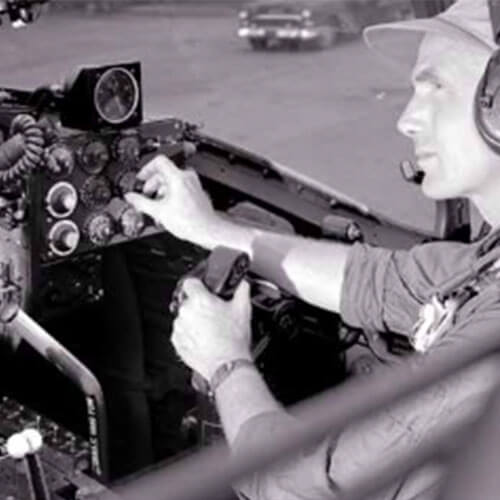
1960
Gifford Bull, an engineering pilot at C.A.L., flew the C.A.L. B-26 to the Naval Air Test Center at Patuxent River, MD to show the Navy brass the wide range of longitudinal characteristics that could be shown to a pilot on a single flight. The flight included incremental changes to aircraft pitch stiffness, and changes to aircraft stability. This flight was then included in the training curriculum for all pilots attending the US Naval Test Pilot School.
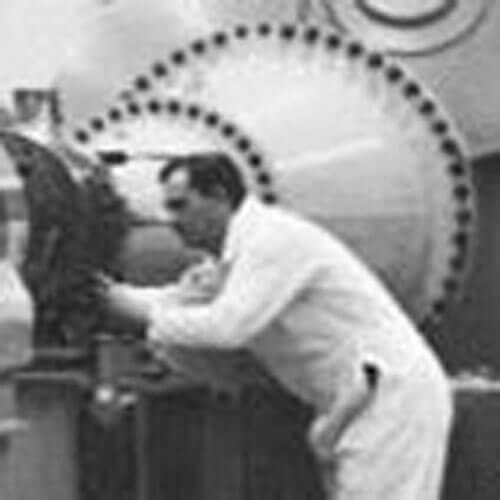
1960
First test facility capable of real gas, real-time simulation of hypersonic flight.
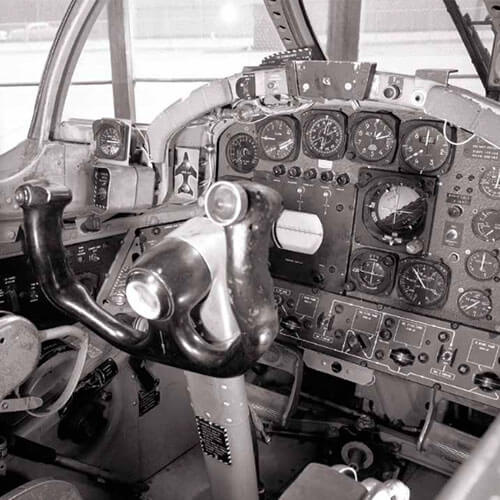
1960
For the Buffalo Bill program, the autopilot and the radar systems in the B-57 were coupled to close the control loop. Flight 36 had the “Autoflight System” engaged for a highly successful terrain avoidance flight from Buffalo to Sodus Point to Lake Ontario to Massena to Watertown to Oswego and back to Buffalo.

1960
Begins test pilot training at the U.S. Naval Test Pilot School using B-26 variable stability aircraft.

1961
A 48-inch test section shock tunnel was operational. It accomplished testing for the DynaSoar, Gemini, and Apollo space programs. They were soon operating 3-shifts, 6 days a week to meet the needed test schedule.
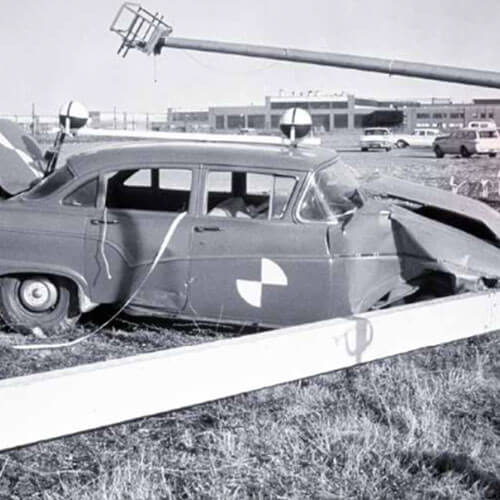
1961
Contracted from New York State Department of public works, test cars were driven by remote control from a chase vehicle and directed into candidate highway barriers to determine if the barriers would redirect the velocity of a car that has run off the road so as to not endanger other vehicles and minimize the damage to the vehicle or its occupants.
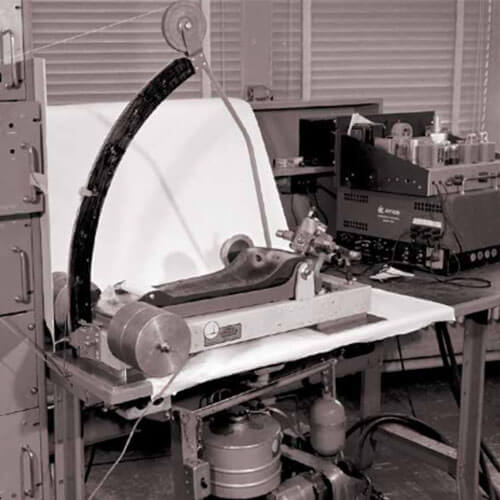
1962
The Man Amplifier project began as a proposal to the U.S. Army for a study into the concept of a ‘servo soldier,’ a powered metal exoskeleton which was worn by a human to give him superhuman strength and endurance. The research investigated what was required to enhance a human’s maximum load carrying capabilities. The conclusion of this USAF study was that duplication of all human joint motion capability is impractical.
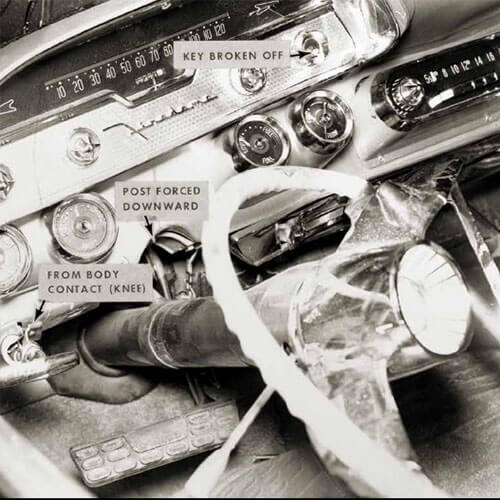
1962
The Automotive Crash Injury Research (ACIR) Project was moved from New York City to Buffalo to have access to C.A.L.’s computers and to be closer to the other automotive research activities located at the research laboratory and became the Transportation Research Department. ACIR data on automotive accidents was collected.
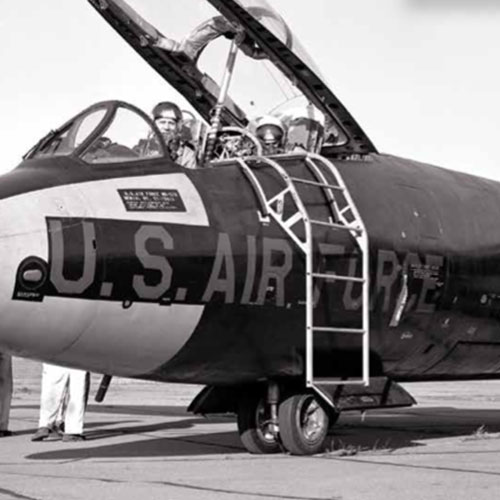
1962
The Buffalo Bill program restarted with the B-57 using the “Autoflight System” to navigate through the Adirondack Mountains from Blue Mountain to Whiteface Mountain.
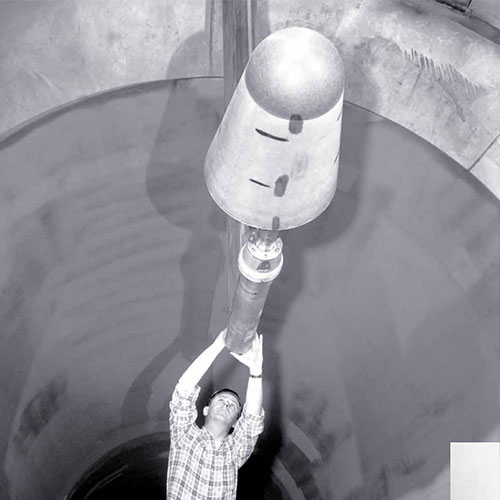
1962
The Wave Superheater became operational. The Air Force was given title to the test facility, and they in turn issued a contract to C.A.L. for its operation and maintenance. Spacecraft and missiles could be tested in this tunnel in airflows of 10,000 mph and temperatures of 9,000 degrees (R).

1963
The 9 ½ foot test section of the Wave Superheater made its first successful run at Mach 18, 3,000 degrees Fahrenheit and a simulated altitude of 250,000 feet.
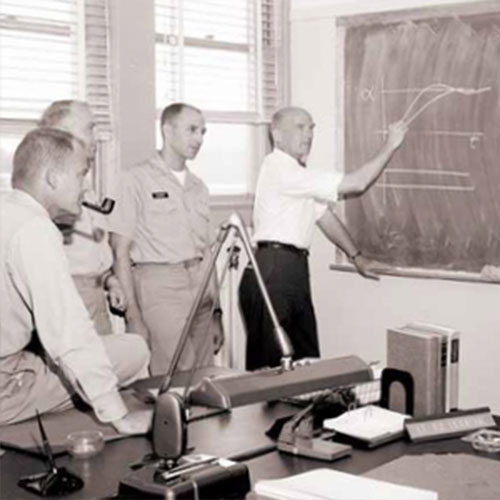
1963
Test Pilot School variable stability training flights at the USAF Test Pilot School at Edwards AFB (Air Force Base), CA began and used B-26 variable stability aircraft. Different aspects of aircraft dynamics, flight control system design, and practice by the test pilots in evaluating the handling qualities of an ‘unknown aircraft’ are explored.
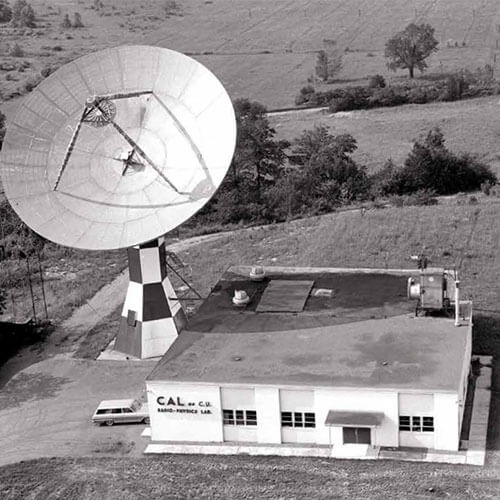
1963
The Radio Physics Laboratory building at Newstead was completed for C.A.L.’s High Power Project. This project was a Defense Advanced Research Projects Agency (DARPA) project with the goal of finding a means to radiate very high microwave power and to limit the noise level involved in the use of such power.
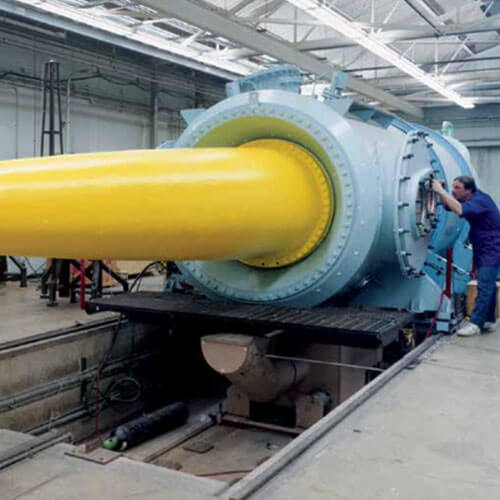
1963
Two additional shock tunnels were under construction – a 6-foot shock tunnel and a 96-inch shock tunnel. Re-entry vehicle testing and much of the Space Shuttle hypersonic testing were performed in the 8-foot shock tunnel.
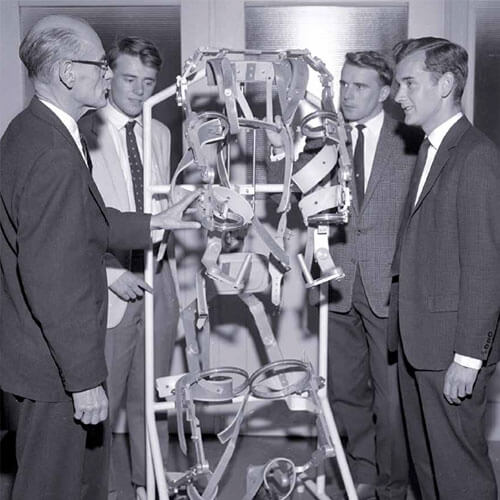
1964
Research sponsored by the U.S. Navy to determine the minimum number of joints necessary to perform useful tasks. An unpowered exoskeleton containing appropriate articulated joints was built, fitted to a subject, and tested to insure proper action of the joints. These studies pointed out the technical challenges inherent to the Man Amplifier.
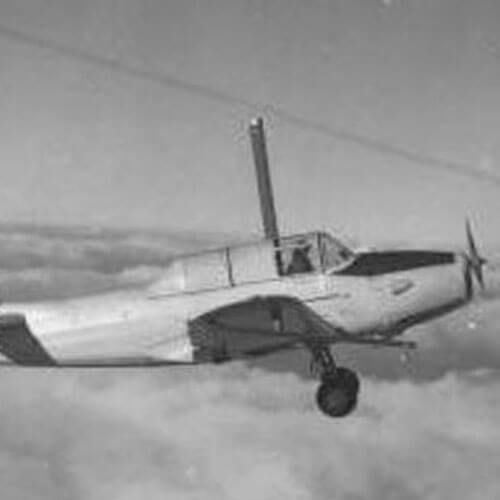
1965
Early development work begins in aircraft parameter identification.
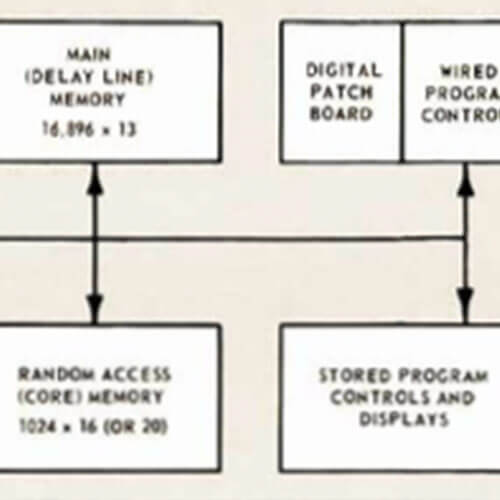
1965
A Pattern Recognition Computer (PRC) was trained to identify and classify patterns representing aerial views of aircraft and building sites in a laboratory demonstration. After two rounds of training for a PRC, the 24 variations of the images were shown to the PRC and it identified 23 of the 24 new patterns. This capability was shown to be a powerful tool that could be applied to far-reaching areas in which automatic identification of patterns at high speed was necessary.

1965
PENVAL demonstrated that advanced computer capabilities made it possible to simulate in real-time, the detailed characteristics of many types of radar. This demonstration led to the development of a classified simulation system called REDCAP – RED (Soviet) CAPabilities. REDCAP simulated the manned operation of the Soviet Air Defense System. The simulator facility was used to study the effectiveness of various electronic countermeasures to increase the survivability of U.S. aircraft in the event of a conflict with the Soviet Union.
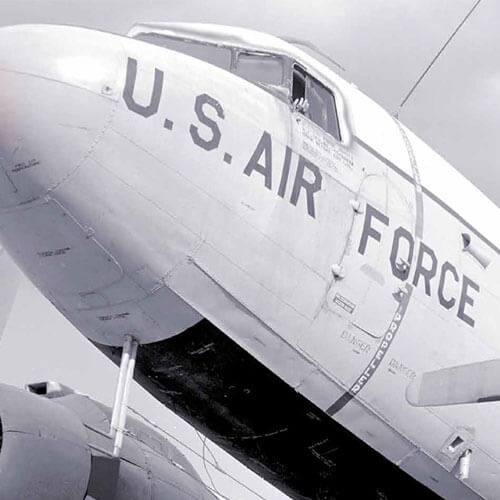
1966
C.A.L. received a contract to instrument and install cameras in an Air Force C-47 Skytrain aircraft. This aircraft was flown over the rural areas of Thailand and the images were analyzed to determine if insurgents from neighboring Laos were infiltrating Thailand. Another important application of this technology was applied to reading fingerprints.
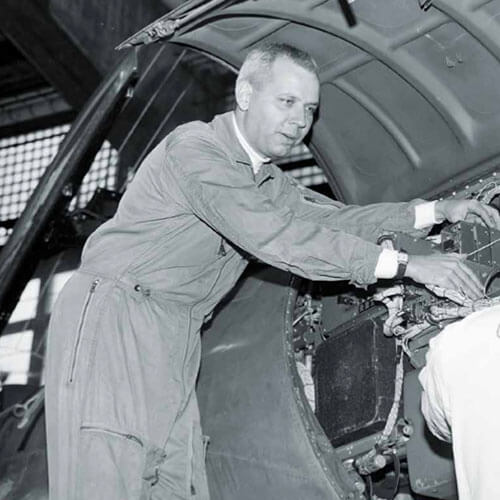
1966
Mr. George Cooper of NASA, and Mr. Bob Harper of C.A.L. collaborated to develop a uniform set of metrics across the industry to systematically define the flying characteristics of an airplane. A new 10-point scale was proposed where ‘10’ was an unflyable airplane, and ‘1’ was the best airplane possible for a particular piloting task.
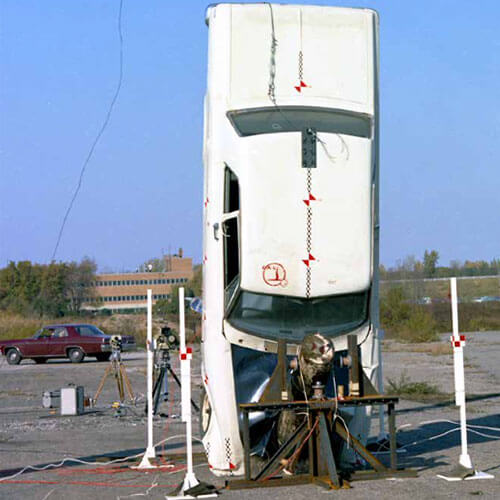
1966
Drop tests were performed for the U.S. Bureau of Public Roads. The car was raised to a calculated height to let gravity provide the acceleration to the desired end speed. The cars were dropped onto round logs to simulate a frontal impact with a tree or utility pole.
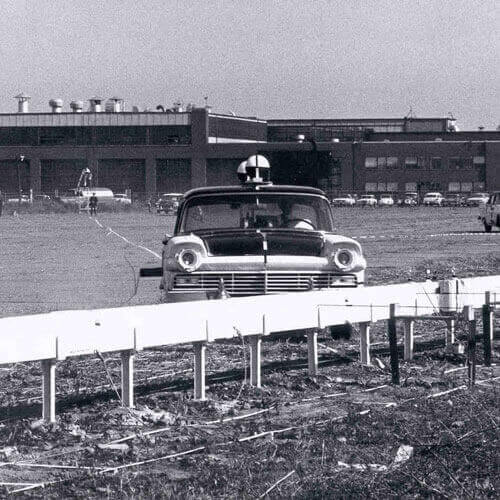
1966
Designs, tests, evaluates and patents box beam barrier guard rails.

1966
Achieves record wind tunnel testing hours (7,270 hours equivalent to 303 days of continuous 24 hour testing).
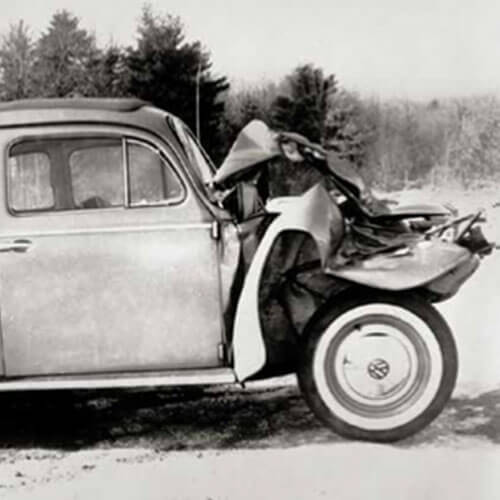
1967
Edward Dye and Robert Wolf received the Elmer A. Sperry Award to recognize distinguished engineering contributions to advancing the art of transportation. They contributed accident research that “identified and ranked the leading causes of injury in automobile accidents.”

1967
C.A.L., with sponsorship by the USAF Flight Dynamics Laboratory, researched aircraft development of the Total In-flight Simulator (TIFS). This aircraft consisted of a twin-engine USAF transport aircraft, a Convair 580, and ‘simulation cockpit’ fused to the front. It would be capable of matching another aircraft’s motions in all six degrees of freedom. A large mainframe computer was installed to calculate the motions of the aircraft to be simulated.
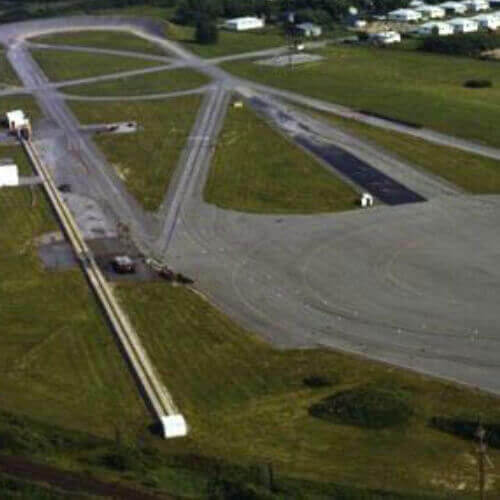
1968
C.A.L. developed their own ‘proving ground’ called the Vehicle Research Facility, or VERF. This test range was built in the back acreage of the Genesee Street complex consisting of a test track with a banked turn, a large skid pad, and an outdoor crash test rail and tow system. Cars could be crashed against a concrete wall, a steel post, into other cars, and into highway guard rails.

1968
TIRF was developed and a ¼ scale model of the tire test machine was built. With grants from the National Highway Traffic Safety Administration (NHTSA), Motor Vehicle Manufacturers Association, and the Rubber Manufacturers Association, construction of TIRF began.
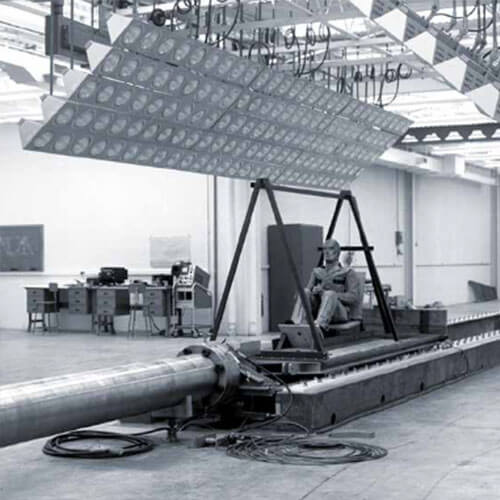
1968
Calspan’s HYGE Sled construction project began and was completed in the same year. The building located in the back acreage of the Genesee Street complex had an accelerator sled equipment installed.

1968
Begins testing the Bell Aircraft X-22A variable stability research aircraft.
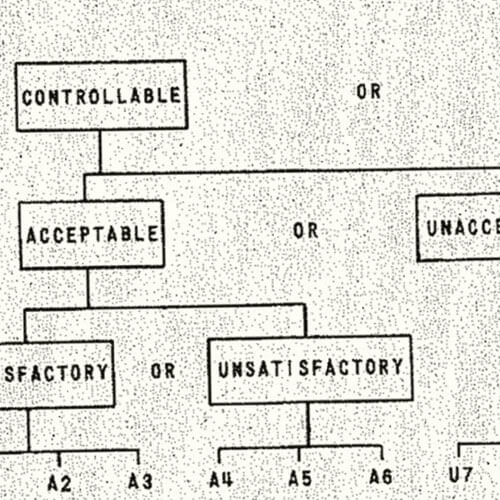
1969
The revised rating scale was published as a NASA Technical Note, titled “The Use of Pilot Rating in the Evaluation of Aircraft Handling Qualities” and is now known as the Cooper-Harper Rating Scale and has been universally accepted and used by the flight test community around the globe.
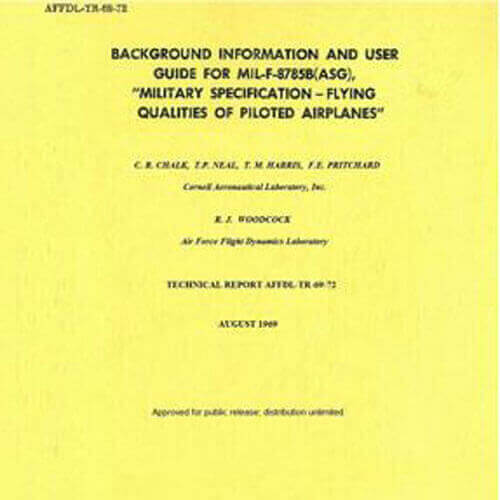
1969
C.A.L. develops the military specification for the handling qualities of piloted aircraft (Mil-F-8785B) as well as the user guide. C.A.L. is established as one of the leading organizations in this field.
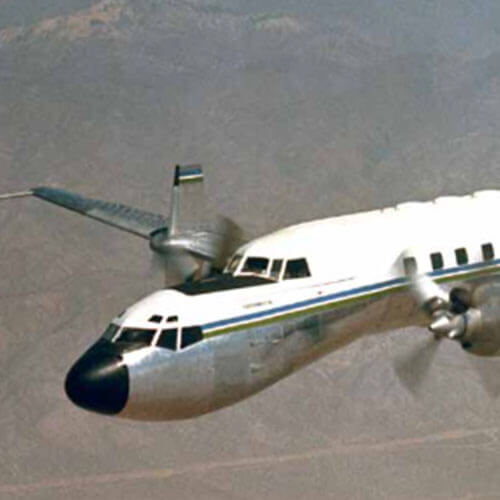
1969
The first major program to make use of TIFS’s unique capabilities was the Space Shuttle. The TIFS went on to provide invaluable assistance to numerous new aircraft designs such as the B-1, B-2, USAF Classified Tacit Blue, YF-23, C-17, Indonesian N-250, the Boeing 7J7, and the McDonnell Douglas MD-12X. It also flew fundamental research projects, such as for very large aircraft design requirements and aircraft with twin fuselages.
